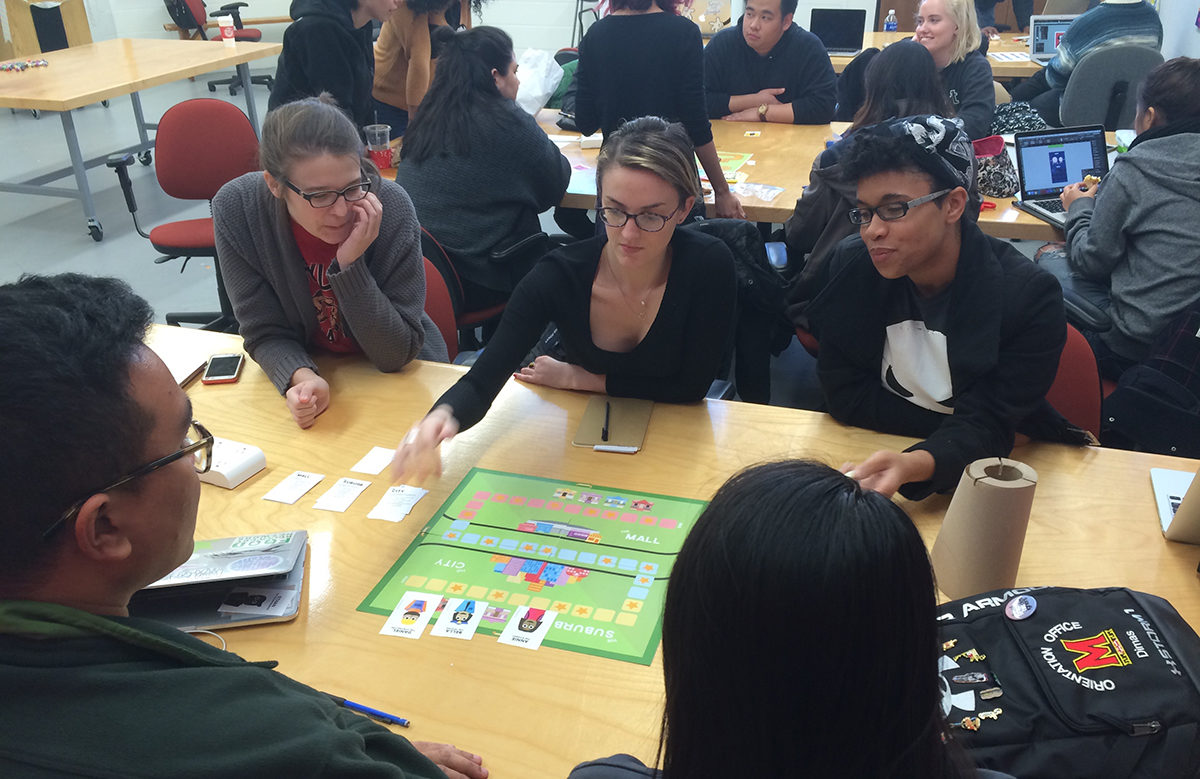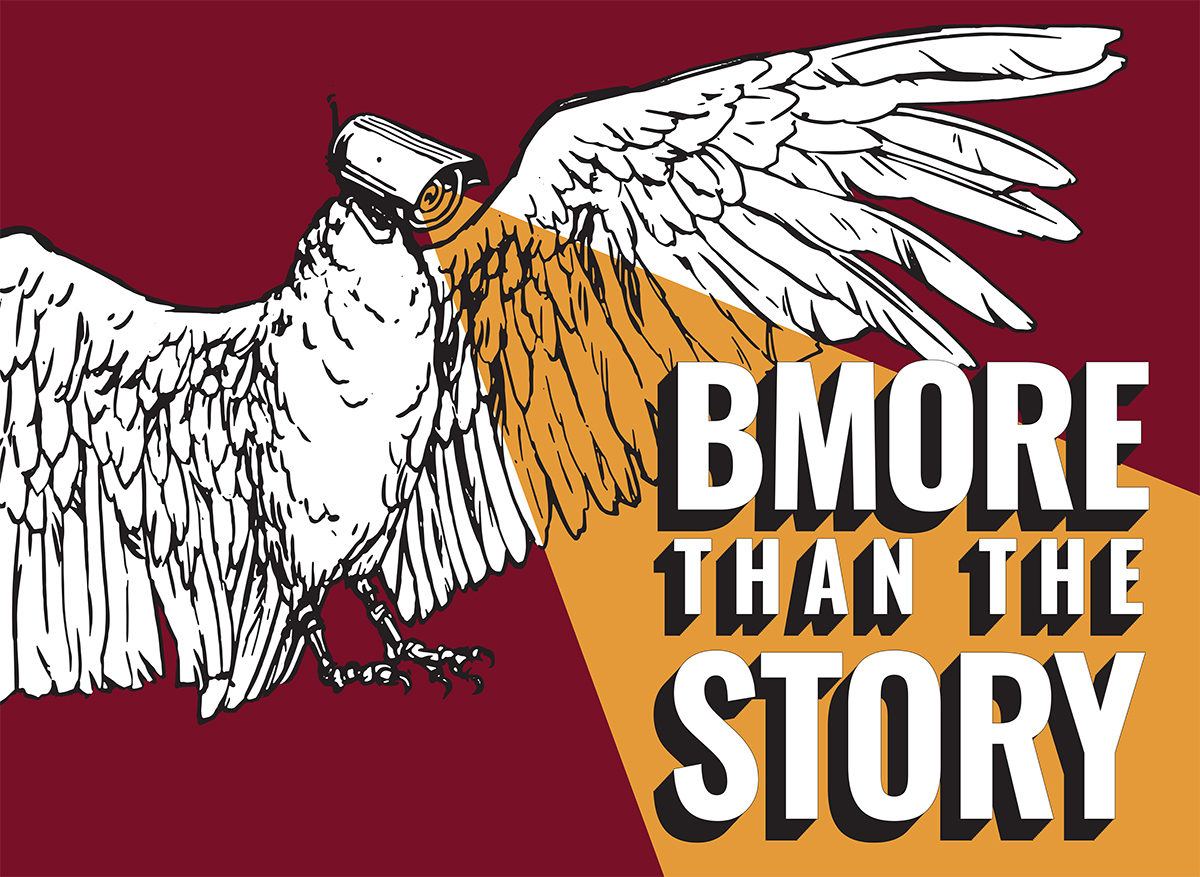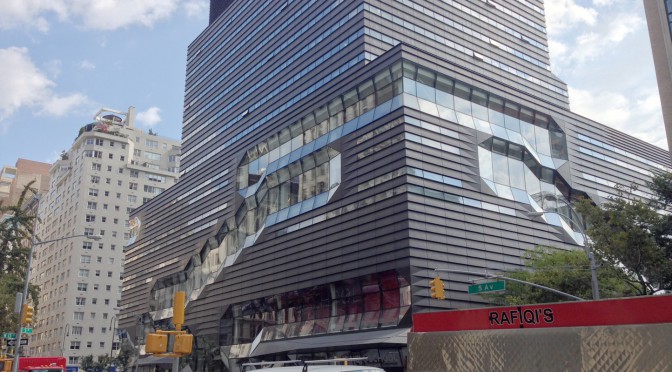Niyati Mehta
Adjunct Lecturer
New York City College of Technology
Nassau Community College
Lehman College
Aim
The aim of this nudge is to demonstrate how Visual Design combined with Behavioral Science can have a positive impact on user (kids’) behavior through the unknown creation of choice architecture. Parents told us that an often-encountered irritant was the necessity for them to remind their young children (aged 5-10) to switch off the light. We took this cue to develop a nudge to encourage children to use the light switch when leaving a room. The aim of this nudge is to reduce electricity consumption to save money, promote the practice of sustainability and to mitigate parental stress.
Description and Development
The graphically-assisted nudge developed is a cutout template that is printed on a home computer printer and then affixed to a light switch plate. Parents access the graphically-assisted nudges via the Nudging for Kids website (nudgingforkids.com). Step by step instructions are included in the downloadable pdf package.
In the ‘fish and bowl’ template, children understand that the fish is, “out of place” and they want to help it get back to where it belongs (the fish bowl). Two alternate templates were developed using ‘basketball’ and ‘bug’ motifs. The bug motif, uses the “cognitive learning effect” where the child remembers to switch off the light by associating it with the bug’s color or a name it has given the bug. The basketball template, with its requirement to pull down the string holding the basketball, uses a child’s desire to explore and understand by exercising her/his manual skills.
The nudges also take advantage of the, “IKEA Effect”–the tendency for people to place a disproportionately high value on objects that they have partially assembled themselves (regardless of the quality of the result).
Preliminary Small Sample Size Try-Out
In an initial proof-of-concept try-out, all three graphic nudges were installed in ten homes near Westchester, New York (USA) in December of 2016.
The preliminary results are promising, but the sample size is too small to draw conclusions.
A larger sample size test is in the planning stage.
This research was presented at the Design Incubation Colloquium 3.2: Parsons Integrated Design on Thursday, Feb 16, 2017.

